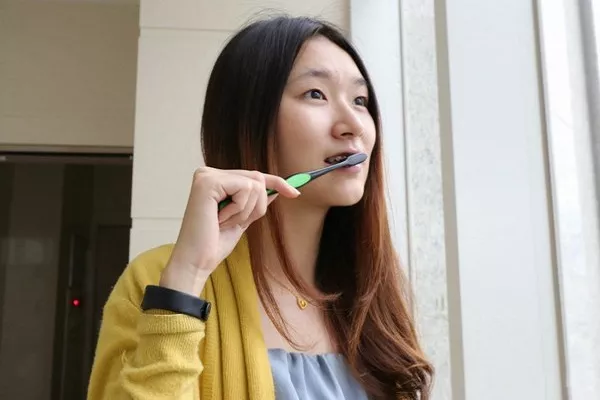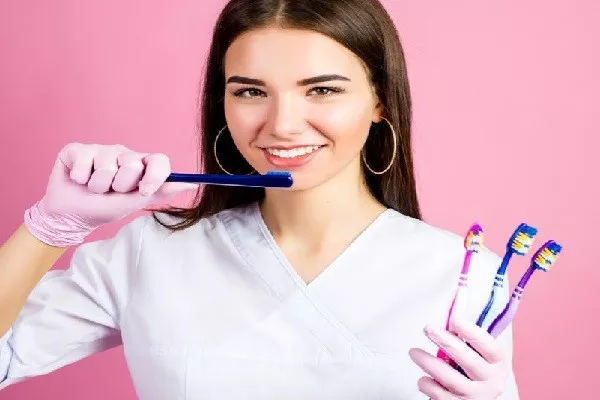A dazzling smile is often regarded as a hallmark of good health and confidence. However, the presence of yellow stains on teeth, often referred to as “yellow dirt,” can be a source of self-consciousness and concern for many individuals. This comprehensive guide aims to provide valuable insights into the causes of yellow stains, dispel common misconceptions, and offer effective strategies for safely removing dirt and discoloration from teeth, ensuring a radiant and confident smile.
Understanding the Causes of Yellow Stains on Teeth
Before delving into solutions, it’s crucial to comprehend the various factors that contribute to the formation of yellow stains on teeth:
Staining Foods and Beverages: Regular consumption of coffee, tea, red wine, and certain foods with intense pigmentation can lead to stubborn yellow stains.
Tobacco Use: Smoking or chewing tobacco not only poses health risks but also contributes significantly to yellowing of teeth.
Poor Oral Hygiene: Inadequate brushing and flossing can result in the accumulation of plaque and tartar, causing yellow discoloration.
Aging: The natural aging process can lead to the thinning of enamel, exposing the yellowish dentin underneath.
Genetics: Some individuals may be genetically predisposed to have teeth with a natural yellowish tint.
Effective Strategies for Removing Yellow Dirt from Teeth
Professional Dental Cleanings: Regular visits to the dentist for professional cleanings are crucial for removing built-up plaque and tartar, which contribute to yellow stains.
At-Home Oral Care Routine: Establishing a meticulous oral care routine involving brushing, flossing, and mouthwash use is fundamental in preventing and reducing yellow stains.
Oil Pulling: An ancient practice involving swishing oil in the mouth to reduce bacteria and promote oral health, which may contribute to a reduction in yellow stains.
Baking Soda and Hydrogen Peroxide Paste: Creating a paste using baking soda and hydrogen peroxide can serve as a natural abrasive to help remove surface stains.
Activated Charcoal: Although unconventional, activated charcoal is known for its absorptive properties, which may help in removing stains.
Whitening Toothpaste: Utilizing toothpaste specifically formulated to target stains can be an effective addition to an oral care routine.
Overcoming Common Misconceptions
Lemon Juice and Baking Soda: While a popular DIY remedy, the acidic nature of lemon juice can erode enamel, and the abrasive quality of baking soda can lead to enamel damage if overused.
Strawberries and Baking Soda Scrub: While strawberries contain malic acid, which may help remove stains, the abrasive nature of baking soda can harm enamel with prolonged use.
Hydrogen Peroxide Swishing: Swishing hydrogen peroxide without proper dilution or guidance can lead to enamel damage and increased tooth sensitivity.
Professional Whitening Options
For individuals seeking faster and more pronounced results, professional whitening options are available:
In-Office Whitening: Dentists use high-concentration peroxide gels and specialized lights to accelerate the whitening process during a single visit.
Take-Home Whitening Kits: Customized trays and professional-grade whitening gel provided by dentists for at-home use can offer a controlled and safe whitening experience.
Maintaining a Stain-Free Smile
Once yellow stains are removed, maintaining a bright smile requires ongoing efforts:
Consistent Oral Hygiene: Regular brushing, flossing, and using an antiseptic mouthwash help prevent the buildup of plaque and future stains.
Dietary Choices: Limiting the intake of staining foods and beverages, and quitting tobacco use, can significantly contribute to maintaining a stain-free smile.
Regular Dental Check-ups: Routine dental visits allow dentists to detect and address potential staining issues early on.
Cautions and Considerations
Enamel Sensitivity: Some individuals may experience increased tooth sensitivity during or after whitening treatments. Using desensitizing toothpaste and consulting a dentist can help manage this issue.
Overuse of Home Remedies: Excessive use of abrasive home remedies may lead to enamel damage. It’s crucial to follow recommended guidelines and consult a dentist if concerns arise.
Conclusion
Achieving and maintaining a bright, stain-free smile involves a combination of professional guidance, effective oral care practices, and informed choices. This comprehensive guide has provided valuable insights into the causes of yellow stains on teeth and offered a range of strategies for safely and effectively removing yellow dirt. By implementing these approaches into your oral care routine, you can confidently unveil a radiant smile, free from the constraints of yellow discoloration, and embrace the transformative power of a healthy and confident appearance.
Related Topics:
How to Whiten Teeth that are Naturally Yellow?
Why Did My Teeth Turn Yellow After Braces?
6 ways to Reverse Yellow Teeth






























